Georgina Campbell's Book Reviews
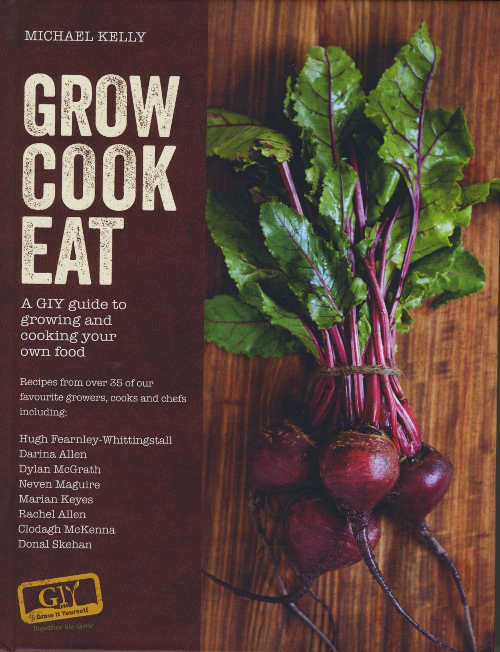 Grow Cook Eat by Michael Kelly (GIY Ireland Ltd, hardback 294pp, full colour; €25 online from GIY: http://is.gd/lWiPqL ) All proceeds to GIY, a registered charity in Ireland.
Grow Cook Eat by Michael Kelly (GIY Ireland Ltd, hardback 294pp, full colour; €25 online from GIY: http://is.gd/lWiPqL ) All proceeds to GIY, a registered charity in Ireland.
I had intended waiting until the early spring to review GIY (Grow It Yourself) founder Michael Kelly’s brilliant book, thinking it would be especially welcomed by potential food growers just when the new season begins to stir. But it’s much too good to keep waiting, and anyway it seems very appropriate to write about it in December, when his Veg of the Month is garlic.
For garlic has special significance to Michael, and the whole GIY movement - currently numbering over 50,000 members in several countries, and growing fast - is the result of his indignant response to finding garlic all the way from China in his local supermarket. Rightly thinking it could grow just as well here, he planted some to see how it would turn out.
Fortunately for GIY, the experiment was a success and not only inspired him to grow and rear numerous other foods, but also to found GIY in order to share knowledge with other likeminded growers. There is no stopping him now and the organisation is developing fast, with campaigns a-plenty in train and GIY HQ in the making.
The scale of the GIY ambition is enormously impressive and I can empathise with it personally, although it’s a far cry from the days when local people with big gardens lent space to me on an individual basis to grow food for the family, and I bored people at dinner parties with chat about compost…
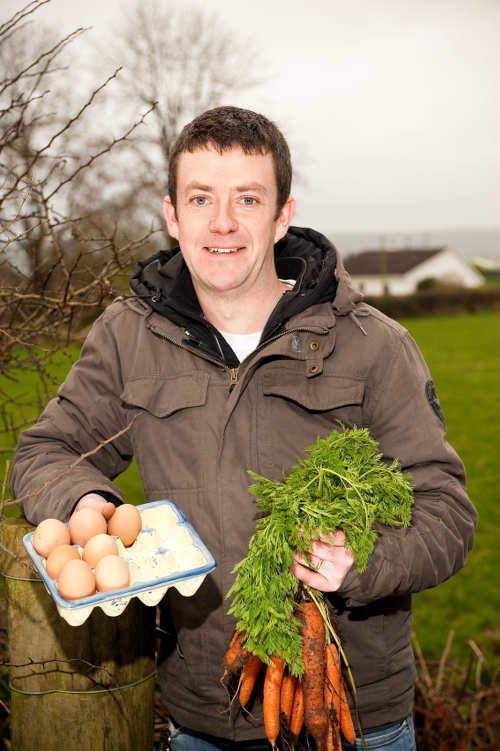 Michael distinguishes between food production and gardening, by the way, and is not too keen on the latter (‘horticultural haughtiness…is in fact a real turnoff’). While this may seem a bit harsh to those of us who enjoy both gardening and food production, it certainly gives a clear focus to a book that is practical and enjoyable in equal measure.
Michael distinguishes between food production and gardening, by the way, and is not too keen on the latter (‘horticultural haughtiness…is in fact a real turnoff’). While this may seem a bit harsh to those of us who enjoy both gardening and food production, it certainly gives a clear focus to a book that is practical and enjoyable in equal measure.
Presented as a month-by-month guide Grow Eat Cook is a fascinating combination of Michael’s writing in the nine years that he’s been a GIYer and new material, including (marketing genius that he is) excellent recipes by some three dozen high profile contributors, mainly celebrity chefs.
In December, for example, Rachel Allen contributes her Roast Garlic Colcannon (see below), there’s a Beetroot and Carrot Gratin from Michelle Darmody of Cake Café, Cauliflower with Cheese Sauce from Cathal Armstrong (co-owner of Restaurant Eve, Virginia USA), a moist Squash and Coriander Seed Bread from Catherine Fulvio - and finally Lilly Higgins’s Apple Galette, which rounds off the year very prettily.
There’s a similar range of recipes each month, and the recipe content certainly broadens the appeal - so much so, in fact, that this would make a great gift for any food lover, with or without a garden. Just remember to tell any novices who may be thinking of growing garlic that it’s traditional to sow it by the shortest day (21st December), to be sure of success. Then there will be no stopping them either.
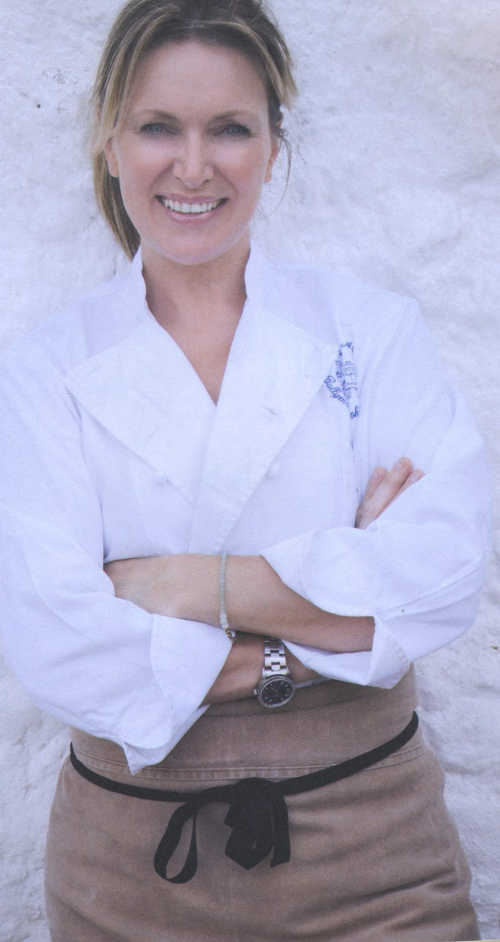 RECIPE: Roast Garlic Colcannon (From Entertaining at Home by Rachel Allen, Collins 2010)
RECIPE: Roast Garlic Colcannon (From Entertaining at Home by Rachel Allen, Collins 2010)
Colcannon is a traditional Irish dish made from mashed potato and cabbage or kale. By roasting the garlic in this way, its flesh is tempered and tamed to become sweet and mellow.
SERVES 4-6
1 large head of garlic, left whole and unpeeled
3 tbsp olive oil
salt and ground black pepper
1 sprig of rosemary
1kg (2 lb 3oz) floury potatoes, unpeeled
450g (1lb) Savoy cabbage or kale
250ml (9fl oz) milk
50g (2oz) butter
Preheat the oven to 220°C (425 °F), Gas mark 7.
Place the whole head of garlic in a small ovenproof dish, drizzle with olive oil, season with salt and pepper and add the sprig of rosemary. Cover with foil and cook in the oven for about 45 minutes or until the garlic has completely softened.
Place the potatoes in a large saucepan and cover with cold water. Add a good pinch of salt, cover with a lid and bring to the boil. After 10 minutes strain off two-thirds of the water, put the lid back on the pan and cook over a gentle heat so that the potatoes steam for about 30 minutes until they are tender.
Remove and discard the dark tough outer leaves from the cabbage (if using). Wash the rest and cut into quarters, removing the core. Cut the cabbage or the kale across the grain into slices about 7mm thick. Place in another large saucepan, add the milk and simmer for about 4 minutes or until tender.
When the potatoes are just cooked, peel and mash them while still warm with the butter and some salt and pepper. Use your fingers to squeeze out the roasted garlic pulp and beat into the potatoes with enough boiling milk from the cabbage to make a fluffy puree. Then drain the cooked cabbage or kale, stir into the mash and taste for seasoning.
For perfection, serve immediately in a hot dish with a lump of butter melting on top.
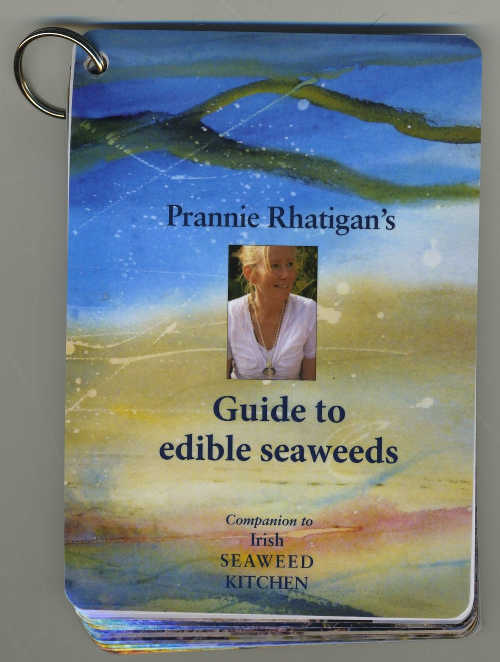 Prannie Rhatigan’s Guide to Edible Seaweeds (http://irishseaweedkitchen.ie/shop €8.45 + 2.15 p+p within Ireland)
Prannie Rhatigan’s Guide to Edible Seaweeds (http://irishseaweedkitchen.ie/shop €8.45 + 2.15 p+p within Ireland)
Moving from the land to the sea and the shoreline, fans of Prannie Rhatigan’s gorgeous and enormously influential book Irish Seafood Kitchen, will be delighted to find this new companion guide. Laminated and ring bound, it’s small enough to be handy and practical to keep in your pocket on shoreside rambles yet big enough to have space for all the essential information while being easy to read. Information includes clear colour photographs for every entry, and details on uses and sustainable harvesting as well as most likely locations and a clear description including seasonal variations. A perfect stocking filler.
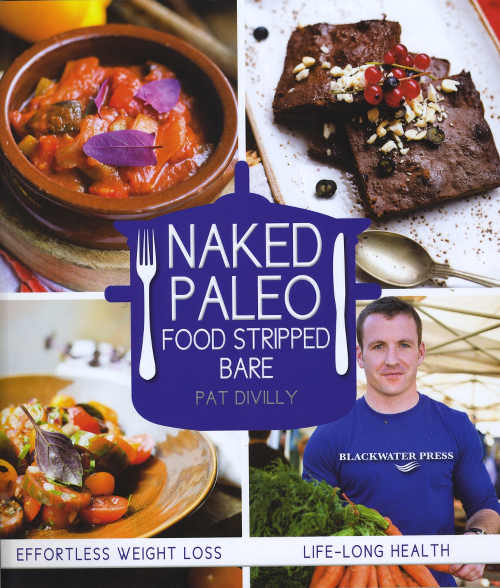 Naked Paleo - Food stripped Bare, by Pat Divilly (Blackwater Press, paperback, 140pp, full colour; €19.95 from major bookshops)
Naked Paleo - Food stripped Bare, by Pat Divilly (Blackwater Press, paperback, 140pp, full colour; €19.95 from major bookshops)
‘Effortless weight loss and life-long health’ are the rather astonishing promises of this attractive book, the second by Galway nutritionist and personal trainer Pat Divilly.
Yet, even if one has to be somewhat sceptical about such claims, the basic principles of using fresh foods in season, meat and seafood, nuts, seeds and healthy oils, rather than processed foods, make sense for all. Similarly, there’s no doubt that, for some people at least, it is beneficial to avoid gluten, wheat and dairy foods - all of which would have been strangers to our Paleolithic cavemen ancestors who provide the inspiration for the ‘Paleo-friendly’ diet.
There is plenty of food for thought in this book, which questions a whole range of nutritional assumptions, from what we should have for breakfast to whether the food pyramid needs a design overhaul. Pat Divilly also highlights the importance of mindset as well as nutrition to our health and wellbeing, and lists ’30 Things Happy People Do’ to illustrate the point.
And one thing is certain - the sight of a good meal is pretty much guaranteed to cheer people up. While certain substititions may be challenging - using nut flours instead of grains, for example - and it would be much easier to find your way around the book if it had a traditional Index, the range of recipes provided by the highly regarded chef and restaurateur JP McMahon, of the EatGalway restaurant group, ensures there will be no shortage of tasty ideas to see you on your way.
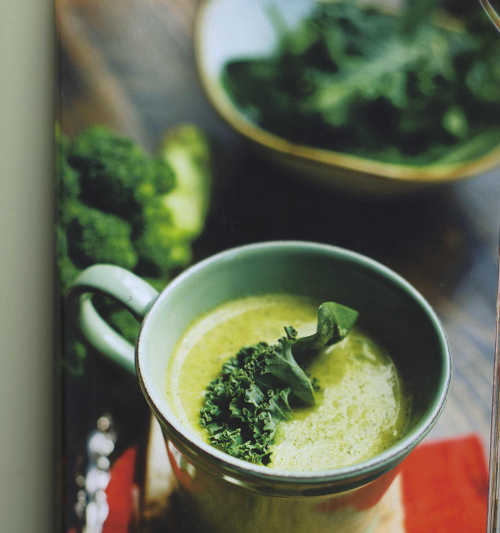
RECIPE: Broccoli and Kale Soup
(Serves 8)
Ingredients
1 large head of broccoli, chopped
150g kale, chopped
300g spinach
1 tbsp extra virgin olive oil
1 carrot, chopped
1 onion, diced
2 tbsp Dijon Mustard
2 bay leaves
1 tbsp fresh thyme
Sea salt
¼ tsp grated nutmeg
1 tsp smoked paprika
2 cloves garlic, crushed
1.7 l vegetable stock
125ml non-fat plain yogurt
Method:
1. Heat oil over medium-high heat in a large pot.
2. Add the onions, season with a pinch of sea salt and sauté until they soften.
3. Add the carrots, a pinch of salt and continue to cook for another two minutes.
4. Add mustard, thyme, salt, smoked paprika and garlic. Sauté for one minute. Add broccoli, kale, spinach and stock.
5. Bring to a boil. Reduce heat and let simmer for twenty minutes.
6. Stir yogurt into the mixture.
7. Puree the mixture with a stick blender and adjust seasoning to taste.
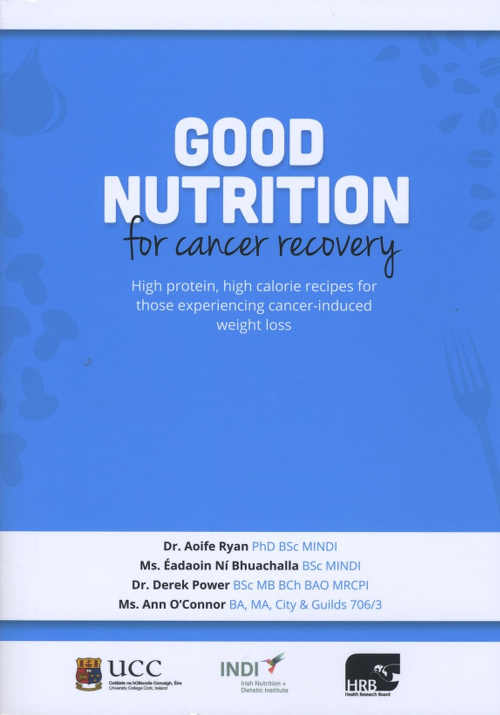 GOOD NUTRITION for Cancer Recovery (University College Cork; http://www.cancercookbook.ie/)
GOOD NUTRITION for Cancer Recovery (University College Cork; http://www.cancercookbook.ie/)
So much of the current debate on healthy food relates to the problems associated with overweight and obesity that it is easy to overlook the challenges faced by those dealing with the opposite problem, ie involuntary weight loss.
Yet that is one of the most common difficulties for patients recovering from cancer, and it is important to find nutritional solutions that are appealing enough to tempt poor appetites, easy to prepare for patients who may have little energy, and practical to eat when there may be physical disabilities to overcome, such as difficulty with swallowing.
Produced by a team at University College Cork led by Dr Aoife Ryan, Ms Eadaoin Ni Bhuachalla, Dr Derek Power and Ms Ann O’Connor, this informative and easy to use 130 page handbook offers clearly presented information, advice and a range of easily prepared recipes, written to a very specific brief by invited contributors. It is sure to be a valuable resource for recovering cancer patients and their families.
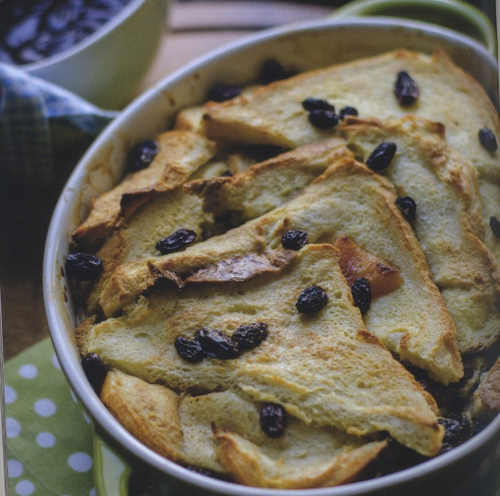 RECIPE: Apricot And Raisin Bread & Butter Pudding, Vanilla Ice Cream and Warm Fudge & Chocolate Sauce
RECIPE: Apricot And Raisin Bread & Butter Pudding, Vanilla Ice Cream and Warm Fudge & Chocolate Sauce
[Recipe from Philip Brazil, Executive Head Chef, Sheen Falls Lodge, Kenmare, Co. Kerry]
Prep time: 20 minutes Cooking Time: l hour
Serves 4
150ml full-fat milk
150ml double cream
1 tsp. vanilla extract
25g butter, for greasing
1/2 loaf of sliced white bread
75g dried apricots, chopped
75g raisins
3 eggs
2 egg yolks
4 tbsp. caster sugar
Hot chocolate sauce
85g dark chocolate
150ml double cream
85g fudge
1. Preheat the oven to 150°C. Grease a casserole dish with the butter.
2. Place the milk, cream and vanilla into a saucepan over a low heat and heat until steaming, but not boiling. Remove from the heat and leave to infuse for ten minutes.
3. Place dried fruit between the layers of buttered bread in the dish.
4. Whisk the eggs/egg yolks and caster sugar together in a bowl, and then gradually pour over the infused milk mixture, stirring constantly.
5. Pour the custard mixture over the bread and dried fruit and transfer to the oven to bake for 45-60 minutes, or until the custard is set and the bread is golden-brown.
6. Meanwhile, for the chocolate sauce, heat the chocolate and cream together in a pan over a low heat, stirring continuously until combined. Once combined, stir in the fudge stir until dissolved.
Serve the bread and butter pudding with chocolate sauce and a scoop of ice-cream.





There are currently no comments
Leave a comment
Not a member? Register for your free membership now!
Or leave a comment by logging in with: